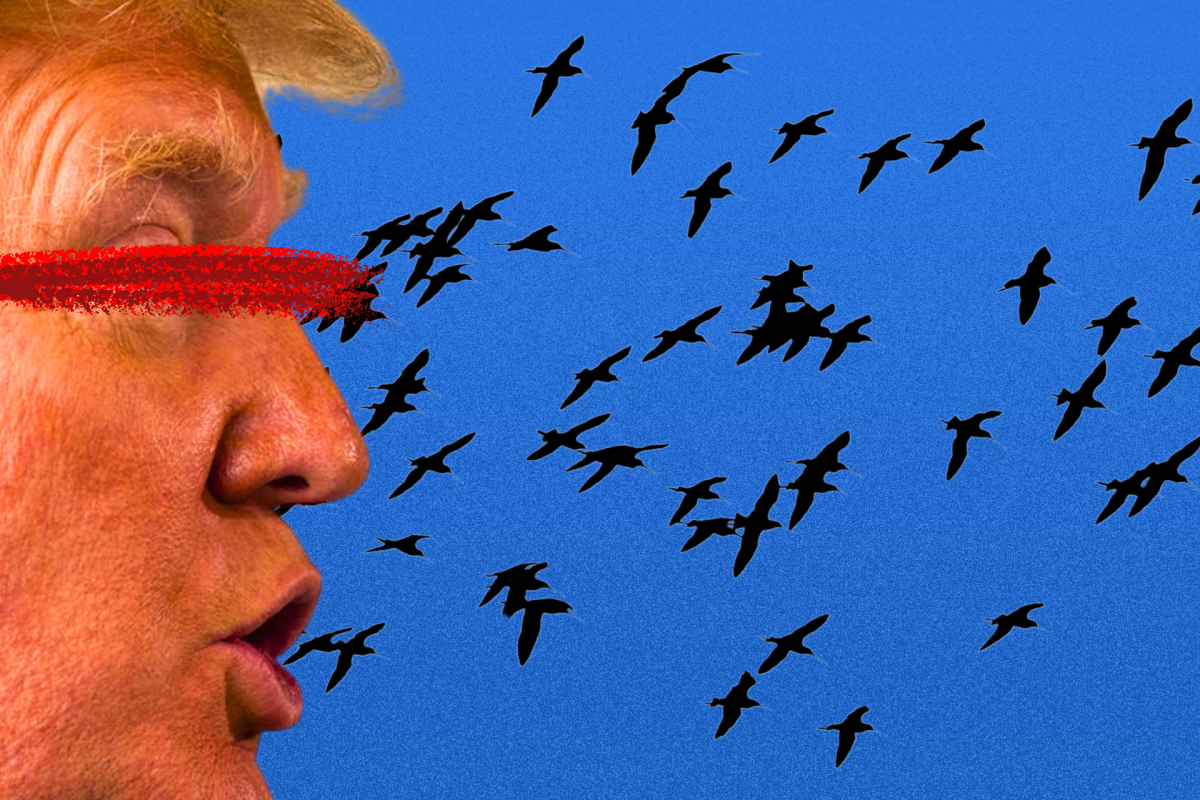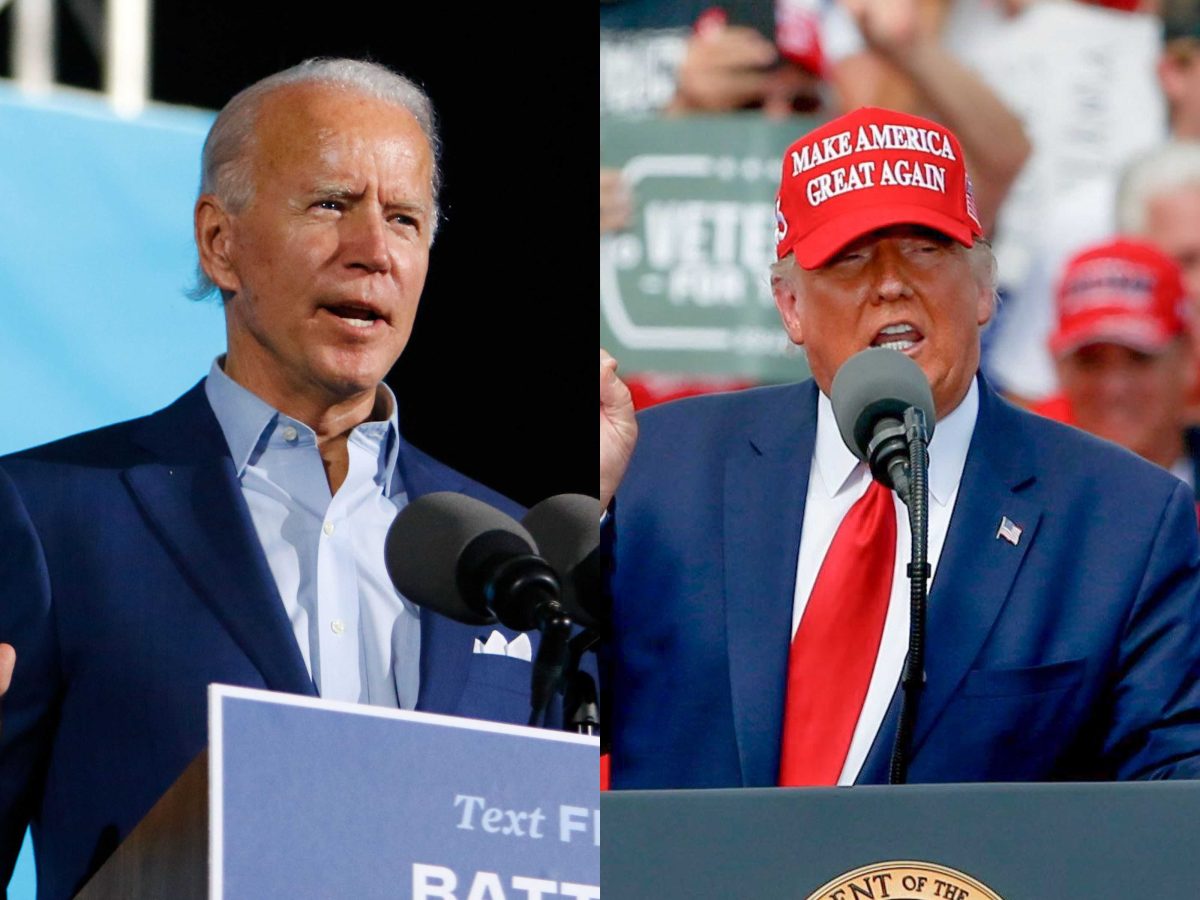Ebola has become a worldwide health hazard because there weren’t appropriate restrictions to keep exposed and often effected people from the masses.
In 1976 near the Ebola River in Africa, a new disease came to light. This highly contagious disease became known as Ebola, also known as Ebola hemorrhagic fever.
According to the World Health Organization (WHO), scientists believe the source of Ebola came from infected fruit bats, monkeys, apes, forest antelope or porcupines. The disease is spread to humans with the consumption of their meat.
From 1976 to 2013 there were less than 1,400 cases of the Ebola virus in various parts of Africa. These areas had sub-par health systems, poor resources and very little education.
The CDC does show three cases outside of Africa occurring due to lab contamination.
In March 2014, WHO reported an epidemic of Ebola in West Africa; the first epidemic of Ebola the world has seen. When first reported there were 86 cases, which included 59 deaths in Guinea. There were reports of suspected cases in Sierra Leone and Liberia.
According to WHO, there have been more cases and deaths in the 2014 epidemic than in all other outbreaks combined. This 2014 outbreak became an epidemic when it began to spread quickly to other people.
The latest CDC updates shows as of Oct. 25, 2014 there are 10,114 known cases of Ebola in West Africa. There have been 4,912 people who have died. This does not include the people with the virus who have either been too afraid, or are unable to seek help.
In September, the Department of Health and Human Services, the National Institute of Health, and the Department of Defense have stepped in to help where they are needed.
President Obama initiated Operation United Assistance when he sent 3,000 soldiers to help with logistics. Obama added to that total when he signed an executive order to activate reservists and guard troops to join the operation.
We have had two people come into the United States carrying the Ebola virus. They had no symptoms when they left West Africa or entered the U.S.
On Sept. 15, the first person was exposed by helping his landlord’s daughter, sick with Ebola, to the hospital. Sept. 19 he flew to Texas, visited with his girlfriend, family, and 40 of his friends before he became ill on Sept. 24 and was hospitalized finally on Sept. 28.
He died Oct. 8 but during the time he was seeking treatment he was symptomatic and in contact with several hospital personnel before being diagnosed and put in isolation. While taking care of him, two nurses were infected with Ebola and 44 people were quarantined.
On Oct. 17 the second man, a medical doctor, flew into New York City. He had no symptoms during his travels. On Oct. 21 he went into Manhattan, visited a coffee shop, a restaurant and rode on the subway. The next day he went running, visited a farm share, shopped and went bowling. After bowling he used an Uber car to get home.
The next morning, Oct. 24, his fever began to rise and he was admitted to the new Ebola isolation unit at Bellvue hospital in New York. At the time this article is being written he is still alive and there have been no new reports of anyone that was close to him contracting Ebola.
When you look at their timelines do you realize all the people they put in jeopardy by not voluntarily quarantining themselves? Both men knew they were exposed to a highly contagious disease and yet they naively chose to ignore the possibility of becoming infectious. There were no restrictions or current protocols in place at that time to guide these men.
Our local, state and federal governments are working on putting protocols in place for the safety and protection of our population from Ebola.
“Mistakes were made and we are sharing lessons learned so other hospitals don’t make the mistakes that happened in Dallas,” President Obama said in his weekly address on Oct.18. “If we’re guided by science, fact and not fear, I’m absolutely confident we can prevent a serious outbreak here in the US.”
According to the CDC, ZMapp, a drug developed by a Mapp Biopharmaceuticals Inc. in San Diego, looks promising in the treatment of Ebola-infected patients. Clinical trials must be completed to test it for safety and effectiveness.
Currently there is no FDA approved vaccine for Ebola. The National Institute of Health, the National Institute of Allergy and Infectious Diseases and Glaxo Smith Kline are working on an actual vaccine for the Ebola virus. The CDC website shows the clinical trials for this started at the end of August 2014.
“We cannot give in to hysteria or fear,” Obama said.
But shouldn’t we fear Ebola, isn’t this the same fear that has lead us to cures and vaccines that have eradicated diseases in the past? My fear is that containment of Ebola in West Africa won’t come soon enough.













